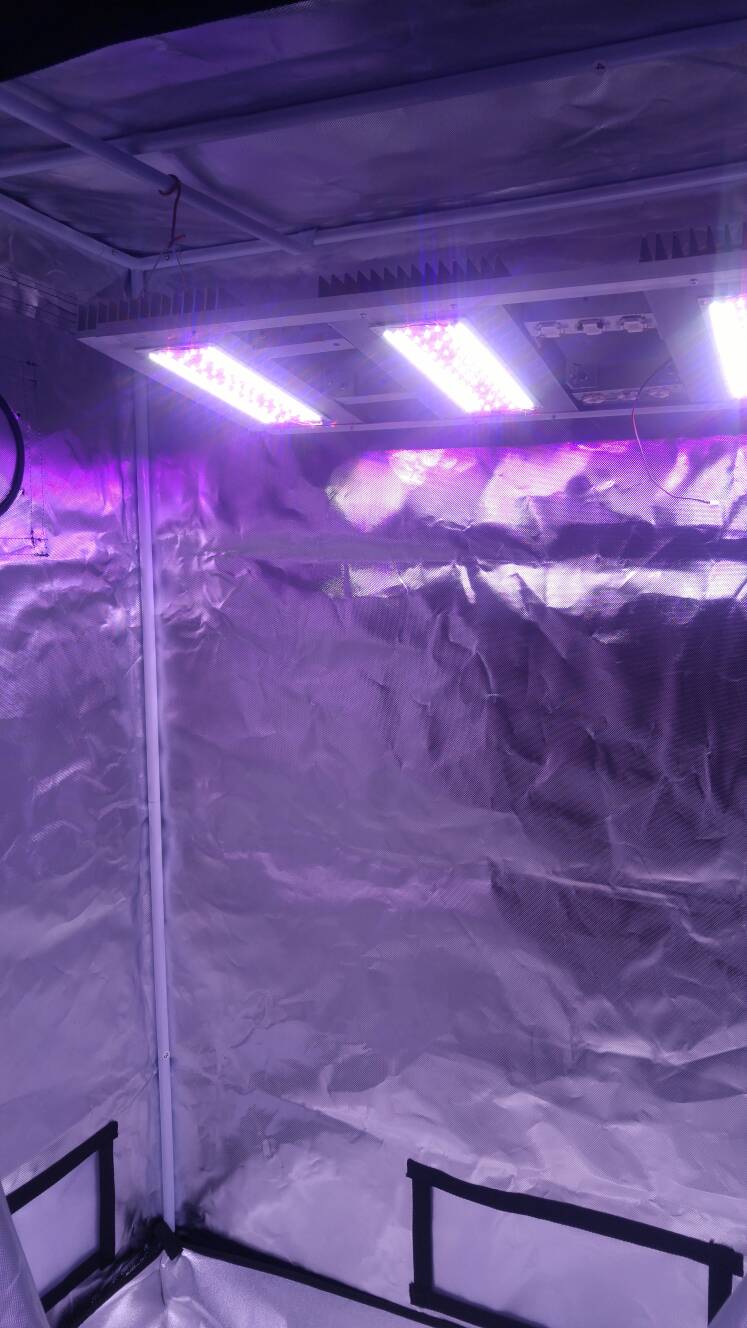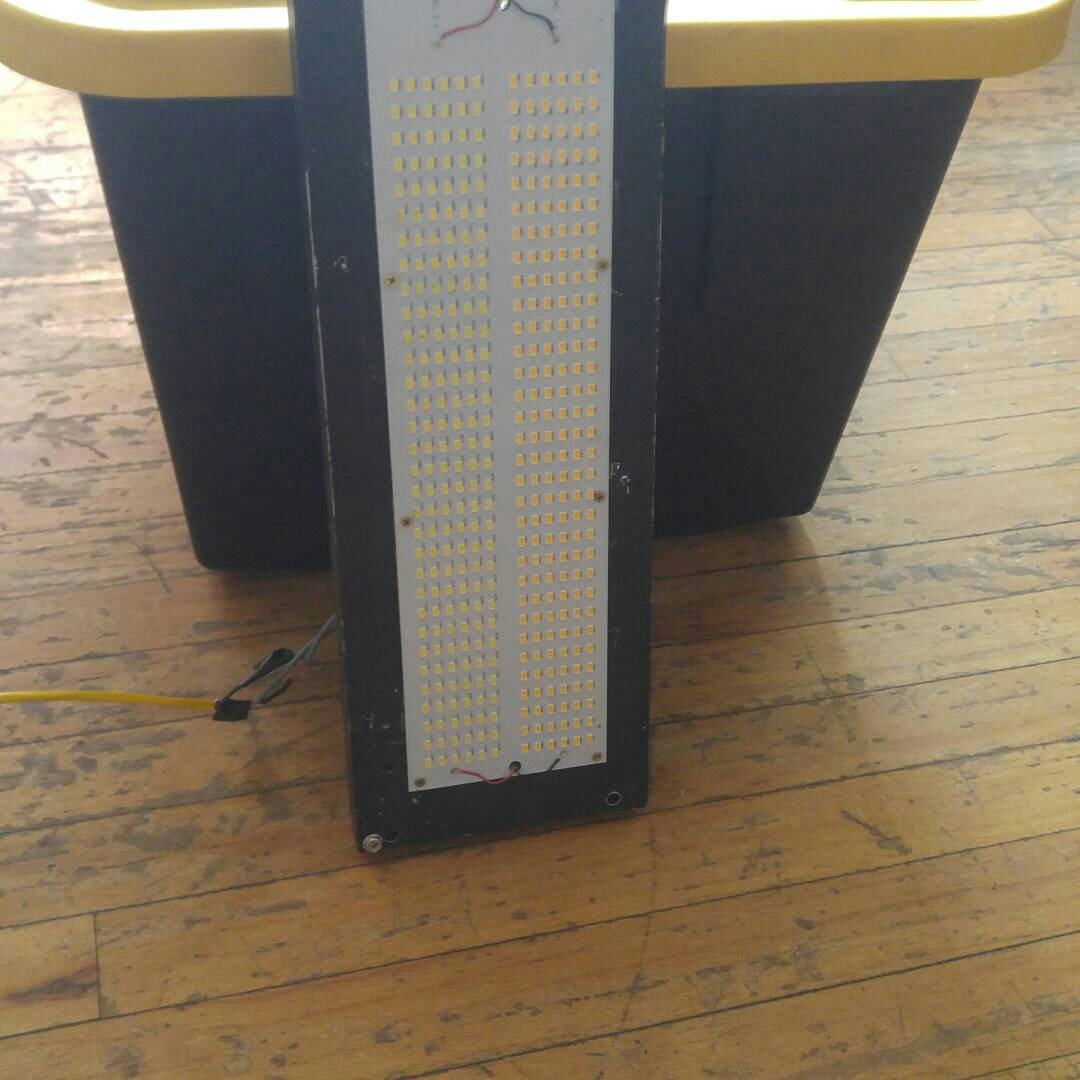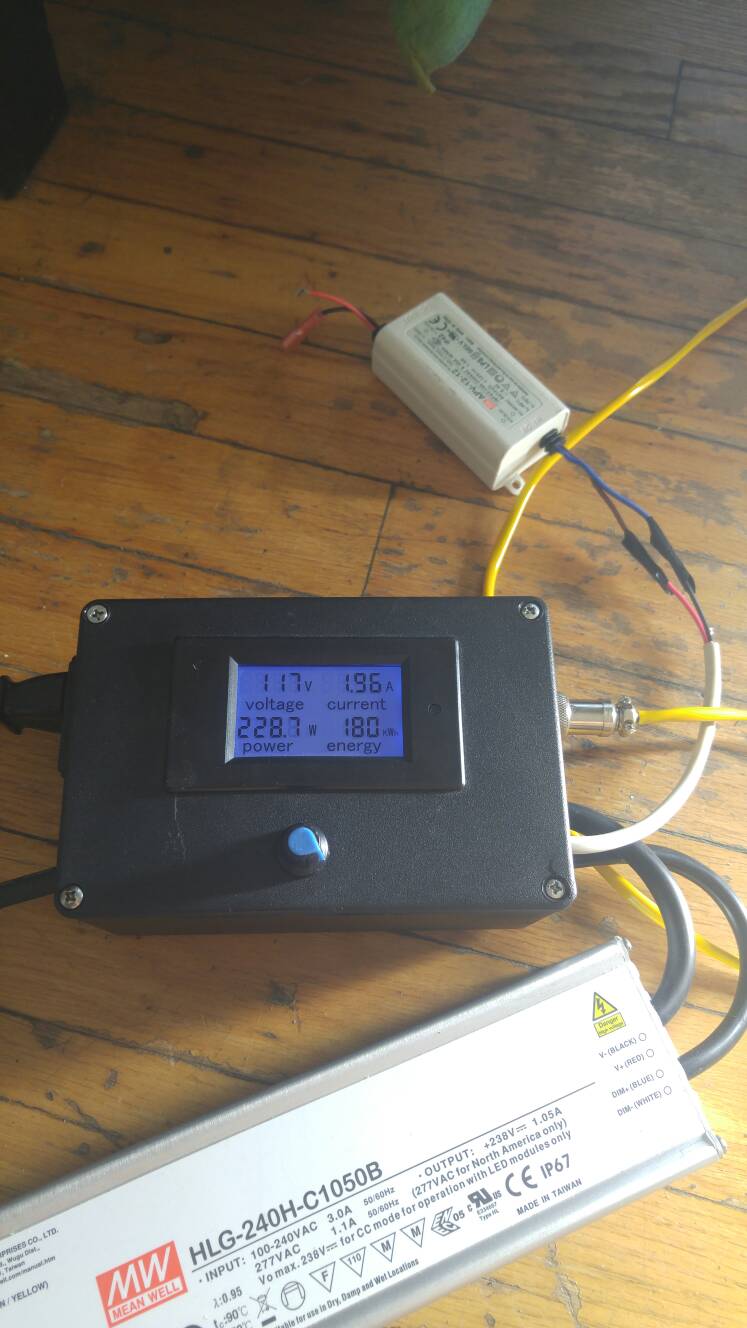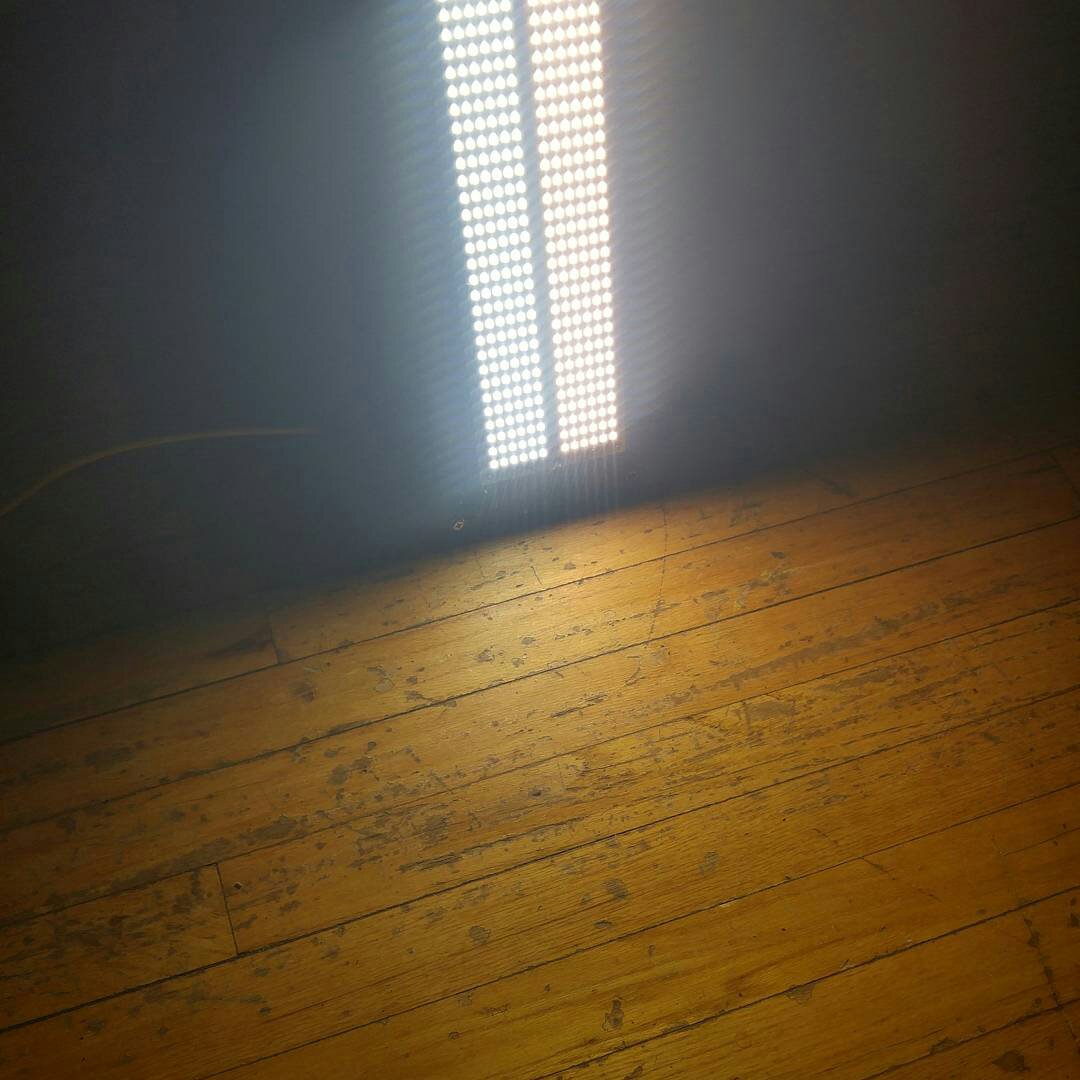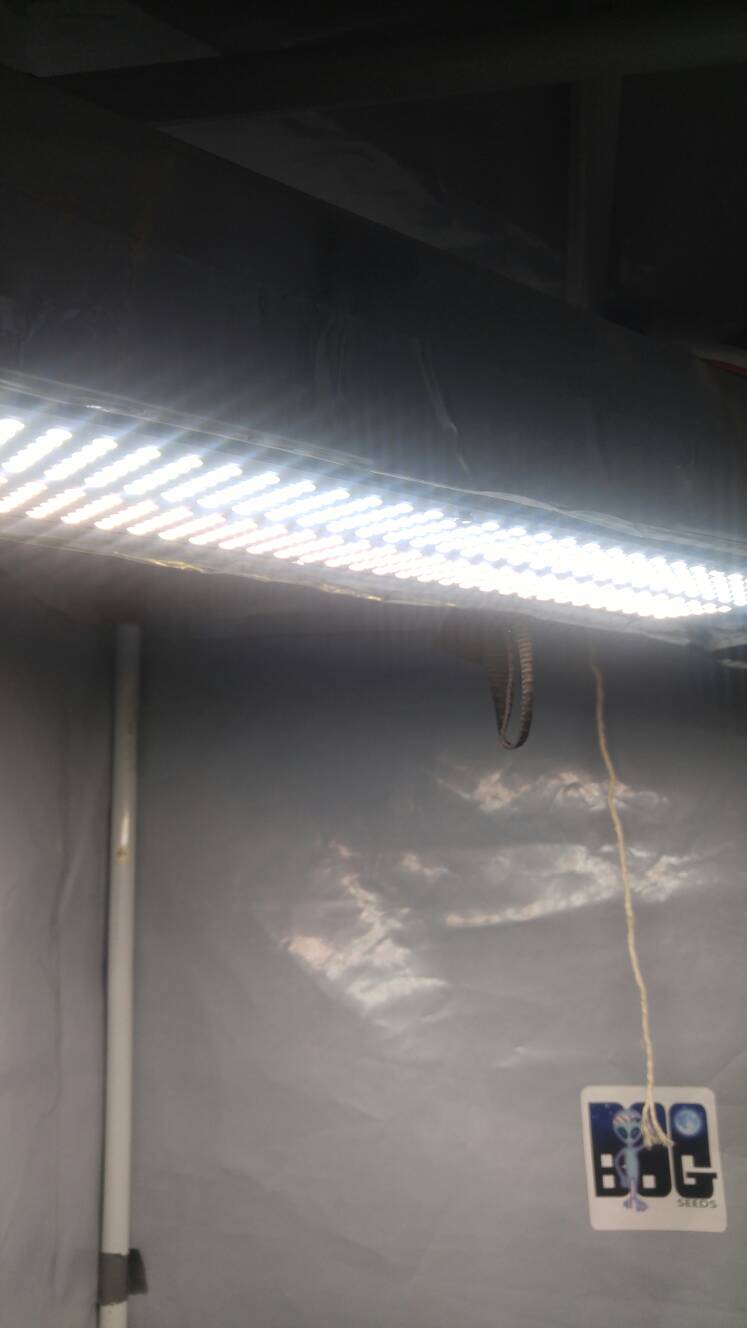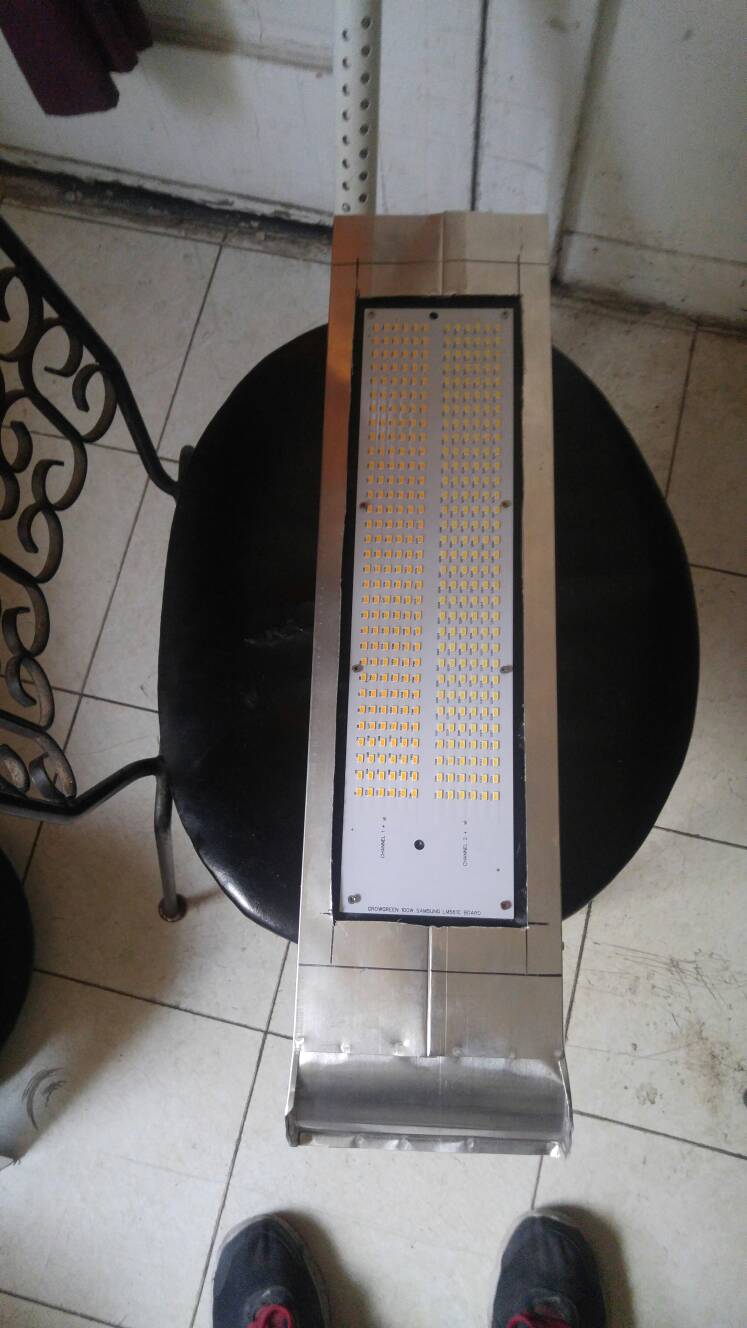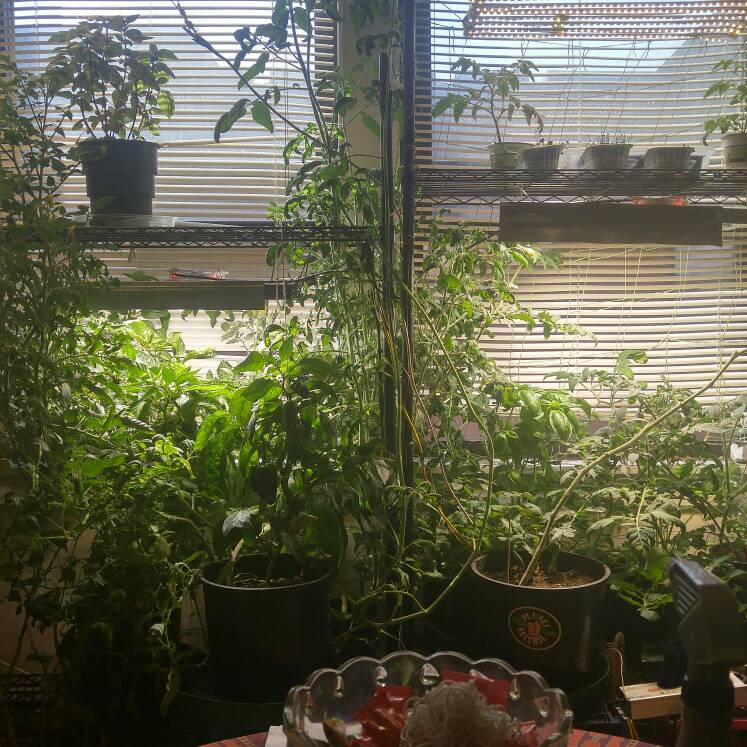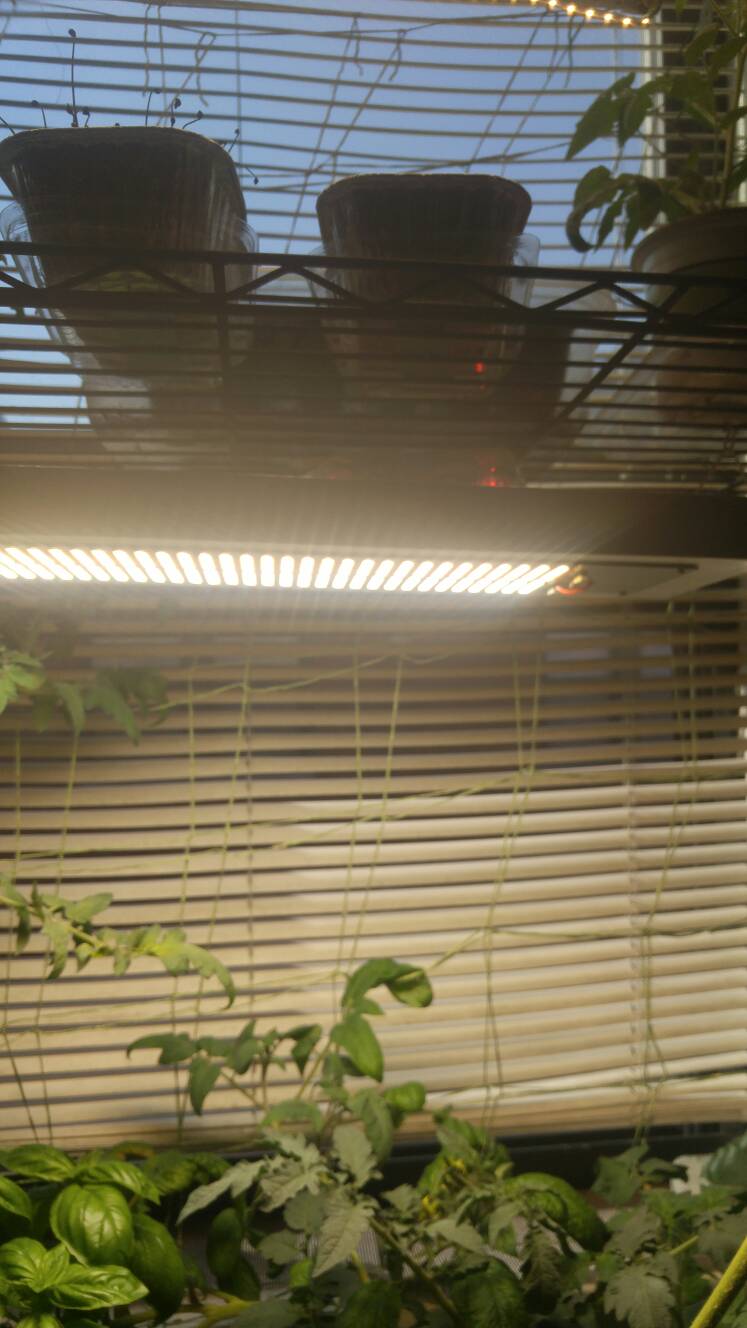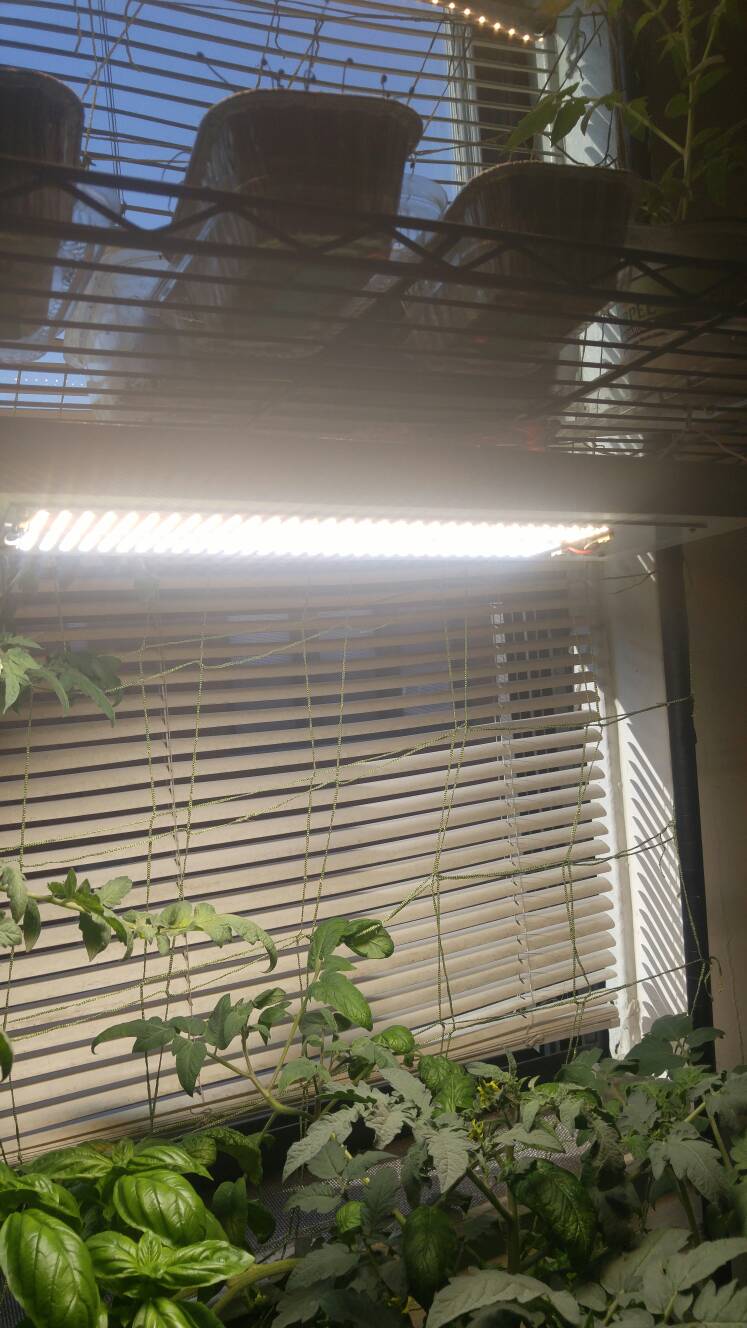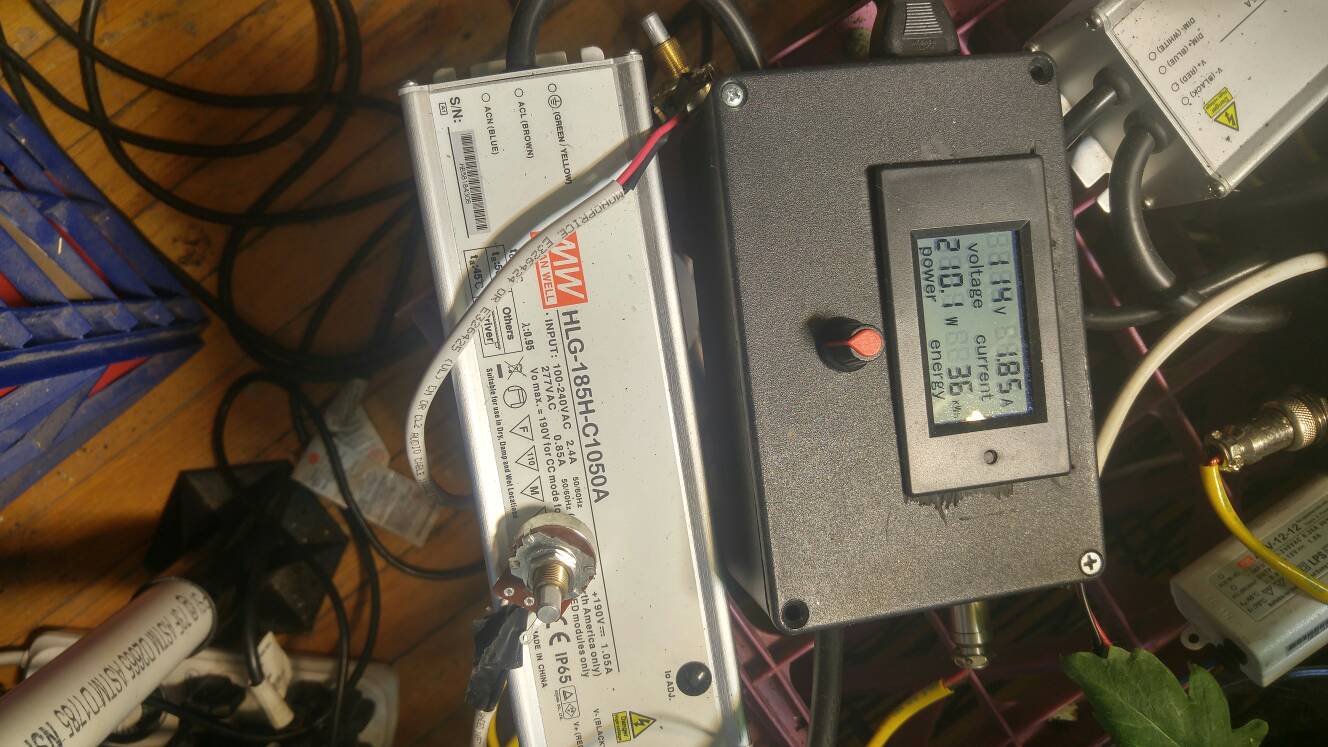- Thread starter
- #21
AvidLerner
New Member
Effects of Dimming
Dimming your household lights is a common practice. Many indoor growers look at dimming their grow lights as the same thing. But, this could not be further from the truth. Many growers dim their lights to reduce the amount of heat inside the grow room during various stages of plant growth. Dimming HID grow lights can be done but understand this will change the quality of the light coming from the grow lamp.
Below are examples of what happens to a klamp’s spectral distribution when the lamp is dimmed. You can see how the spectrum changes; it shrinks and portions of it may actually disappear. This change in spectral energy will have a negative effect on the quality of your plant growth. We understand the need to dim your grow lights. But understand you can get better quality plant growth from a 600W lamp running at 100% than you can from a 1000W lamp running at 75%.
The effects of dimming on spectrum and grow lamp performance
Dimming your household lights is a common practice. Many indoor growers look at dimming their grow lights as the same thing. But, this could not be further from the truth. Many growers dim their lights to reduce the amount of heat inside the grow room during various stages of plant growth. Dimming HID grow lights can be done but understand this will change the quality of the light coming from the grow lamp.
Below are examples of what happens to a klamp’s spectral distribution when the lamp is dimmed. You can see how the spectrum changes; it shrinks and portions of it may actually disappear. This change in spectral energy will have a negative effect on the quality of your plant growth. We understand the need to dim your grow lights. But understand you can get better quality plant growth from a 600W lamp running at 100% than you can from a 1000W lamp running at 75%.
The effects of dimming on spectrum and grow lamp performance



